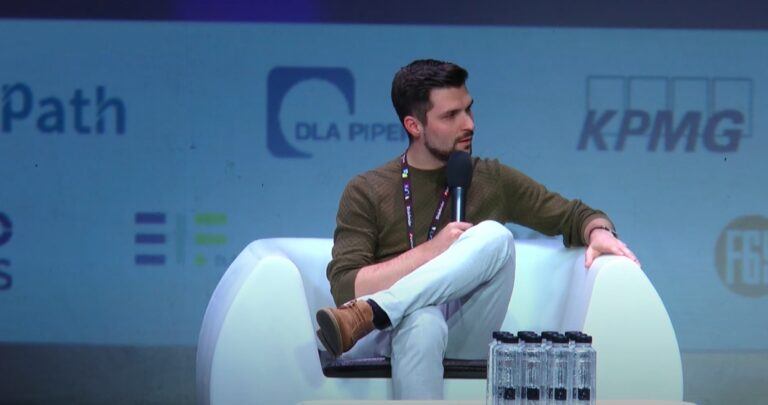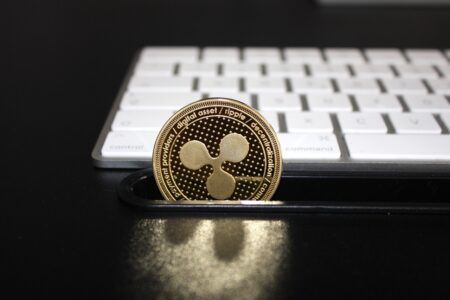On Monday (July 13), blockchain platform Elrond (ERD), which sold 25% of its total token supply last summer via an initial exchange offering (IEO) on Binance Launchpad, has been one of the best performing cryptoassets over the past three months, and in this article, we attempt to explain why Elrond has many crypto investors and traders so excited.
According to data from CryptoCompare, Elrond is currently (as of 14:30 UTC on July 13), trading at $0.01446, up 22.54% in the past 24-hour period, which means that it is now the 50th most valuable cryptoasset by market cap:

As for Elrond’s performance in the past 30-day and 90-day periods, it is up (vs. USD) approximately 366% and 1580% respectively.
So, why does Elrond’s ERD token enjoy such bullish market sentiment?
In order to understand this, it might be a good to start with a brief overview of what Elrond is and what problems it is trying to solve.
According to its development team, Elrond Network is trying to be “the most scalable, fast and secure blockchain platform for real world applications, bringing a 1000x improvement compared to blockchains such Bitcoin or Ethereum.”
Here is how Binance Research describes Elrond:
“Elrond is a high-throughput public blockchain focused on providing security, efficiency, scalability, and interoperability by employing two key elements: Adaptive State Sharding and a new Secure Proof of Stake (‘SPoS’) consensus mechanism.
“Elrond’s blockchain protocol for smart contracts & dApps can process over +10k transaction per seconds with low block times (5s), negligible transaction fees, and with fast finality for cross shard transactions in a matter of seconds.
“The Adaptive State Sharding, works via shard merges & splits for unlimited scalability, and uses a fully sharded Architecture, which includes state, transactions, and network. This architecture is deemed highly resilient against malicious attacks due to validators shuffling between shards.
“Elrond features smart-contract royalties, where 30% of the fees can be reallocated to the smart contract author.
“ERD is the native asset of Elrond and is used to pay for transaction fees and the cost of deploying dApps on the network, along with rewards for various contributions to the network.”
Elrond launched a prototype in Q3 2018, had its public testnet launch in Q3 2019, and is expecting to have its mainnet launch on July 30.
As for the road ahead, Elrond plans to introduce Elrond dApp store, Elrond digital identity, and Elrond name service in Q3 2020, and DeFi initiatives, privacy features (“Palantir”), and cross-chain interoperability in Q4 2020.
Elrond Co-Founder and CEO Beniamin Mincu today sent out a tweet to proudly (and for good reason) point out his team’s main achievements for the past week:
Progress at Elrond is like a snowball, rolling week after week.
Growing in mass, speed, and momentum.
The question is when does the snowball transform into an avalanche?
Here's the last week in $ERD. 🔥 https://t.co/qxhBGHWJDU
— Beniamin Mincu ⚡ (@beniaminmincu) July 13, 2020
Earlier this month, in an interview with Cointelegraph, Mincu compared Elrond with Ethereum 2.0, and said that while the two appear to offer similar features, Elrond is launching its mainnet now (at the end of July) while ETH 2.0 is hoping to have these features by 2022:
It is similar. But the difference is essentially that Ethereum is trying to launch this in two years, where Elrond is launching this right now. So we have finished the whole technology. Everything is working. We can process 10,000 thousand transactions per second right now.
And when asked how Elrond compares to other PoS blockchains such as Cardano and EOS, he had this to say:
I would think that compared to all the other ones, Elrond has a much more fundamentally performant architecture. So we beat them in any way you can measure, second, from a resource reward perspective for PoS architectures, we have a more competitive reward system right now for validators.








